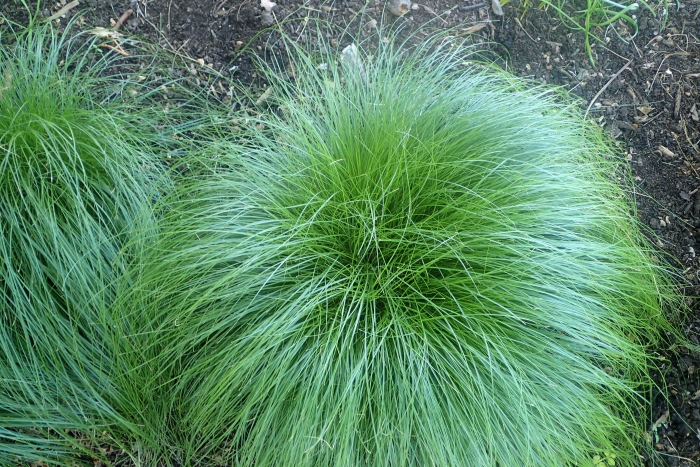Rosy Sedge
(Carex rosea)
Rosy Sedge (Carex rosea)
/
/

Krzysztof Ziarnek, Kenraiz
CC BY-SA 4.0
Image By:
Krzysztof Ziarnek, Kenraiz
Recorded By:
Copyright:
CC BY-SA 4.0
Copyright Notice:
Photo by: Krzysztof Ziarnek, Kenraiz | License Type: CC BY-SA 4.0 | License URL: https://creativecommons.org/licenses/by-sa/4.0 | Uploader: Kenraiz | Publisher: Wikimedia Commons | Title: Carex_rosea_kz2.jpg | Notes: |


















































Estimated Native Range
Summary
Carex rosea, commonly known as Rosy Sedge or Curly-Styled Wood Sedge, is a perennial herbaceous plant native to forested wetlands, moist woodlands, and shaded floodplains in the Eastern United States and Canada. It typically forms dense clumps reaching 6-12 inches (15-30 cm) in height and width. Rosy Sedge has fine-textured, grass-like leaves that are evergreen, providing year-round interest. In spring, inconspicuous greenish-brown flowers appear, followed by small, attractive seed heads. While not showy, the flowers add a subtle charm to the plant’s overall appearance.
Rosy Sedge is valued for its low maintenance and adaptability to a variety of garden settings. It is an excellent choice for naturalized areas, rain gardens, and as a ground cover in shaded sites. Its evergreen foliage and drought tolerance once established make it a sustainable alternative to traditional lawn grasses. It is also deer-resistant, which is a significant advantage in areas with high deer populations. For best growth, Rosy Sedge should be planted in part shade, although it can tolerate some sun if the soil remains moist. It prefers medium to wet soils with good drainage. While it can be cut back before winter, it is not necessary for its health or vigor.CC BY-SA 4.0
Rosy Sedge is valued for its low maintenance and adaptability to a variety of garden settings. It is an excellent choice for naturalized areas, rain gardens, and as a ground cover in shaded sites. Its evergreen foliage and drought tolerance once established make it a sustainable alternative to traditional lawn grasses. It is also deer-resistant, which is a significant advantage in areas with high deer populations. For best growth, Rosy Sedge should be planted in part shade, although it can tolerate some sun if the soil remains moist. It prefers medium to wet soils with good drainage. While it can be cut back before winter, it is not necessary for its health or vigor.CC BY-SA 4.0
Plant Description
- Plant Type: Grass
- Height: 1-3 feet
- Width: 2-3 feet
- Growth Rate: Moderate
- Flower Color: N/A
- Flowering Season: Spring
- Leaf Retention: Semi-Deciduous
Growth Requirements
- Sun: Part Shade
- Water: Medium
- Drainage: Medium
Common Uses
Bird Garden, Deer Resistant, Groundcover, Low Maintenance, Water Garden
Natural Habitat
Forested wetlands, moist woodlands, and shaded floodplains
Other Names
Common Names: Curly Wood Sedge, Stellate Sedge, Starry Sedge, Curly-Styled Wood Sedge, Carex En Rosace
Scientific Names: , Carex rosea, Carex convoluta, Carex flaccidula, Carex rosea f. debilis, Carex rosea var. pusilla, Carex rosea var. staminata, Carex neglecta, Carex rosea var. rosea, Diemisa rosea
GBIF Accepted Name: Carex rosea Willd.